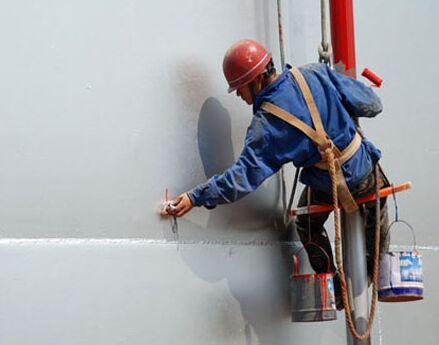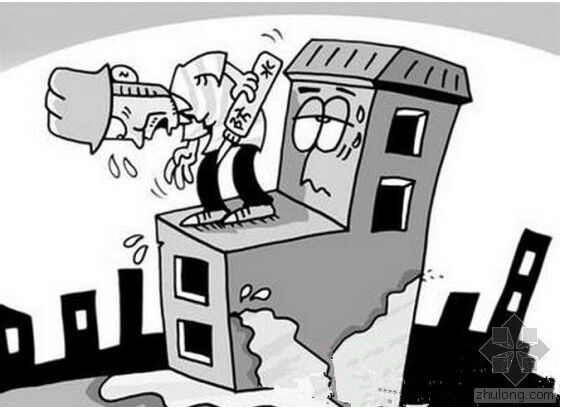There are two rainfall centers in the south of the country, with heavy rains and heavy torrential rains in eastern Hubei, southern Anhui, northern Jiangxi, northwestern Zhejiang, southern Sichuan, southern Chongqing, northern Guizhou, and northeastern Yunnan. Police floods.
In the face of the sudden flood, in the face of their turbulence and turbulence, our pale language and sincere blessings are still unable to resist them. How can we make the house waterproof?

First, a reasonable water conservancy design project:
1, according to climatic conditions. Real estate development is very regional, but in recent years, when many well-known real estate companies in the south enter the north, transplanting the south's waterproof experience to the north will certainly be unsatisfying. Due to the rain in the south, waterproof materials are mostly made of water-resistant materials, such as glass fiber tires, polyester tires, modified bitumen membranes, or water-resistant adhesive-bonded polymeric membranes. However, in the cold northern regions, especially in snowy areas, some waterproof materials cannot withstand the cyclic changes of low temperature frost heave and contraction and prematurely age and fracture. Therefore, SBS modified bitumen membranes or welded polymer membranes should be used in these areas.
2. Different construction sites, the requirements for waterproof materials are not the same, but also according to local conditions, due to construction materials.
Since the roofing waterproof layer is exposed to the sun, rain, and rain, it is necessary to choose a waterproof material with high tensile strength, high elongation, and good aging resistance. Such as polyester tire polymer modified bituminous membrane, EPDM rubber coil, P-type polyvinyl chloride coil (welded joint), one-component polyurethane coating (plus protective layer).
The leakage of the wall is because the wall is too thin, mostly light brick masonry, there are a large number of internal and external joints, and then the joints between the doors and windows and the wall, the seal is not strict, rainwater seepage from the seam. Therefore, the wall can not be used waterproof waterproofing membrane, can only use paint, and the combination of exterior decoration materials, window mounting joints also have sealant.
Underground waterproof layer is immersed in water or very moist soil for many years. The waterproof material must have good water resistance. The bottom waterproof layer applies a thick waterproof material with a certain resistance to puncture.
Waterproofing in toilets and baths can not be used in coils. Coatings are the most suitable. Cement-based acrylate coatings are most suitable for the coating. They can be firmly bonded to ceramic tiles.

Second, choose the appropriate waterproof material:
1, the material has good physical properties, such as tensile strength, elongation at break, high temperature and low temperature flexibility, water impermeability and aging resistance and other indicators are better, easy construction and other advantages, better than the same type of material .
2. It has good waterproof adaptability to a certain part of the building. For example, a large area of ​​roofing is very good for coils, and it is useless for the toilets and walls to be waterproof. The base surface with a small area and a large number of irregularities is a place where paint is used. Another example is the rigid concrete waterproofing, which is most suitable for the basement wall and floor. If the large-span roof is also rigidly waterproofed, it is not only impossible, but also indicates that the design is unreasonable.
3, give full play to the characteristics of the material properties. Such as high-density polyethylene geomembrane, anti-piercing bar-rolling of the high strength, but the flexibility is poor, for planting the roof is good, if used in the complex shape of the roof, will be unable to do anything. Selecting materials to play a long material, to avoid short, play the elderly is a good material.